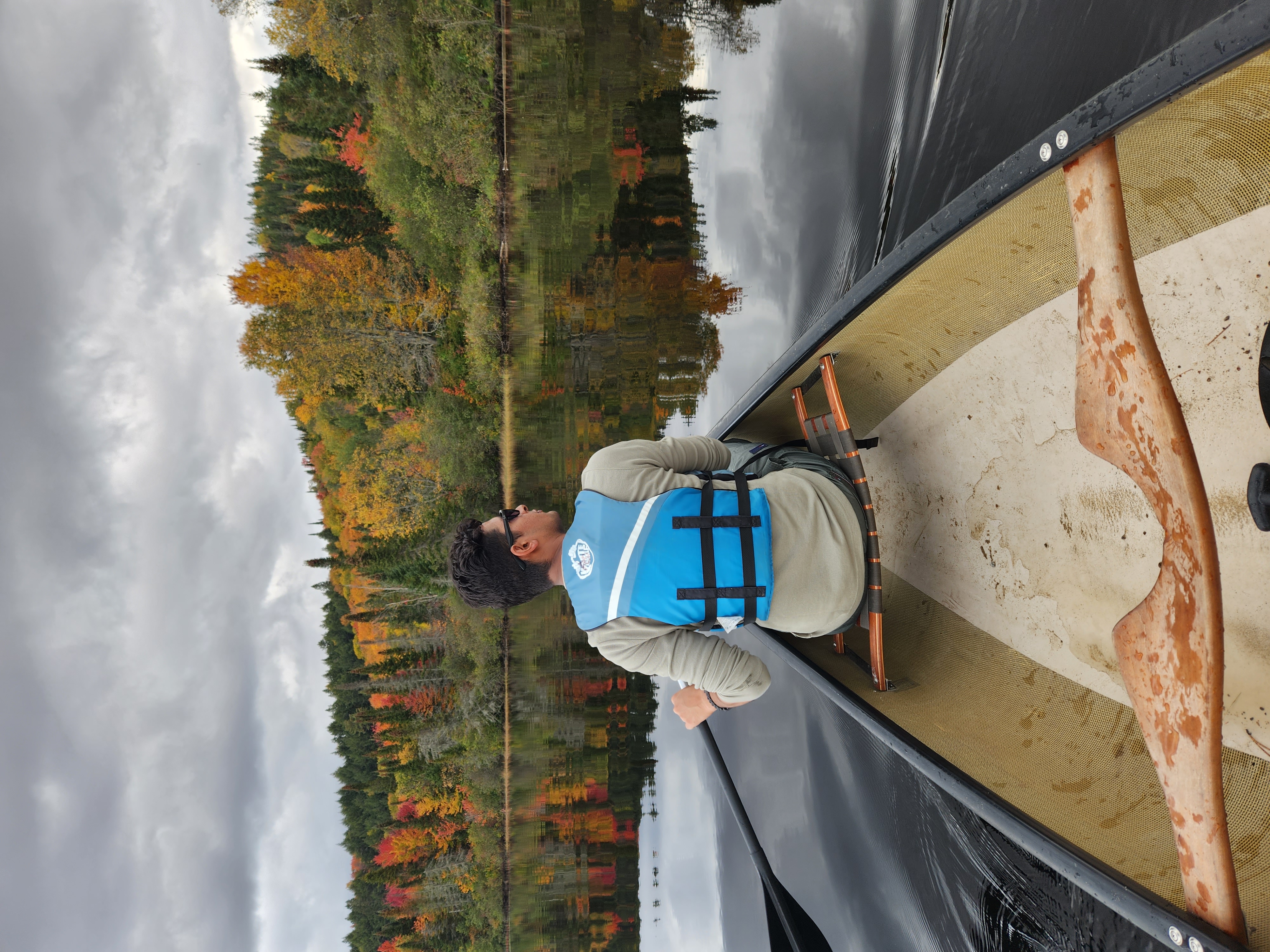Canada has a proud history in space. From launching the Alouette I satellite in 1962 to developing the iconic Canadarm, the nation has consistently punched above its weight in space innovation. However, in today’s rapidly evolving global space race, dominated by countries like the United States, China, and the European Union, Canada risks falling behind unless it commits to bold, forward-looking investments and reforms.
To elevate its space sector and reclaim a leading position in global space
innovation, Canada must act across several key dimensions: investment,
infrastructure, industry partnerships, workforce development, and international
collaboration.
1. Increase Strategic Investment
Compared to its G7 peers, Canada’s space investment remains modest.
While the Canadian Space Agency (CSA) has delivered remarkable projects
on a limited budget, long-term growth and innovation require a significant
funding boost. Canada should increase space funding from the current ~$500
million annually to at least $1 billion over the next 3 years,
earmarked for both science missions and commercial space development.
This funding should focus on:
Earth observation and climate monitoring satellites
Deep-space exploration and lunar missions
Space robotics and AI integration
Small satellite constellations for communications and security
2. Develop a National Space Infrastructure Plan
Canada lacks a dedicated national roadmap for space infrastructure. A
comprehensive National Space Infrastructure Plan, similar to the U.S. National
Space Strategy, could guide long-term development, coordination, and funding.
This plan should cover:
Satellite launch capabilities (domestic and partnerships)
Ground stations and data networks
Spaceport facilities (e.g., Canso, Nova Scotia)
Integration with national security, climate, and Arctic
sovereignty goals
By aligning space infrastructure with national interests, Canada ensures a
multiplier effect for space investment.
3. Empower Canadian Industry and Startup
Canada’s private space sector is growing, with companies like MDA,
NorthStar Earth & Space, and GHGSat leading innovations in robotics,
Earth monitoring, and climate tech. However, many startups struggle with
procurement delays, regulatory uncertainty, and a lack of pilot funding.
To support them:
The CSA and National Research Council should expand competitive grants
for commercial
space tech.
Simplify regulatory approvals through a
"one-stop" space tech agency.
Encourage procurement preference for Canadian-made
space hardware and software.
Building an agile procurement ecosystem is
essential to cultivate a vibrant space economy.
4. Invest in Space Talent and R&D
Canada’s universities and polytechnics are already producing top-tier
researchers in AI, robotics, and aerospace. But the brain drain to the U.S. and
Europe is real. A national Space Talent Initiative could retain and develop
talent by:
Expanding scholarships and internships in space science and
engineering
Funding co-op programs with CSA and Canadian aerospace firms
Partnering with Indigenous and Northern communities to include
them in STEM initiatives, especially around remote sensing and Arctic
satellite operations
We must invest in the people who will build Canada’s next great space
achievement.
5. Strengthen International Collaboration
Canada is already part of the NASA-led Artemis mission and contributes to the
Lunar Gateway. These partnerships are vital. However, Canada can play an even
larger role in shaping space norms, planetary defense strategies, and global
climate monitoring.
This means:
Leading UN initiatives on space debris mitigation
Expanding CSA partnerships with Africa, Southeast Asia, and South
America
Joining efforts in planetary defense, such as asteroid tracking
systems
Advocating for space to be treated as a global commons with
peaceful usage at its core
Global leadership begins with active engagement.
Final Thoughts
Canada is at a crossroads. The opportunity is here to evolve from a space
contributor to a space leader, one that brings unique talent, innovation, and
values to the final frontier. With decisive investments, a national roadmap,
and support for homegrown industry, Canada can elevate its space sector and
inspire the next generation of explorers, engineers, and entrepreneurs.
The sky is no longer the limit, Canada just needs to aim higher.














